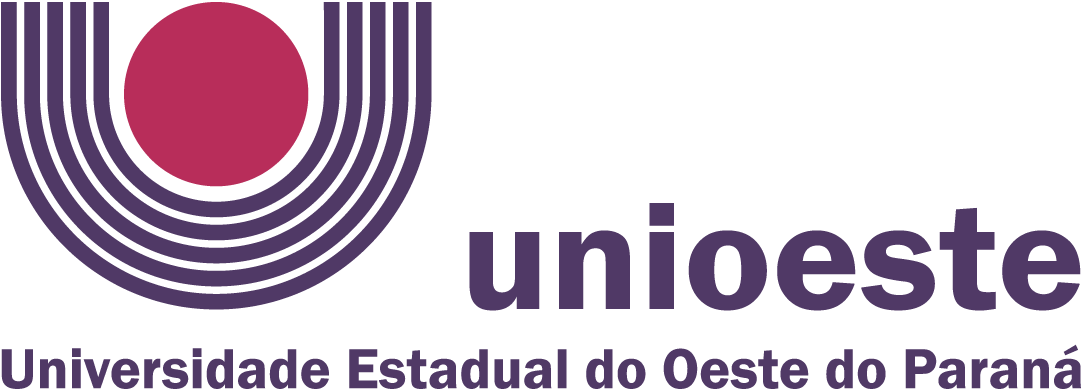Algoritmos de Aprendizado de Máquina para classificação de soja em imagens Landsat-8
Algoritmos de Aprendizado de Máquina para classificação de soja em imagens Landsat-8
Laíza Cavalcante De Albuquerque Silva, Jonathan Richetti, Willyan Ronaldo Becker, Weverton Rodrigo Verica, Alex Paludo, Jerry Adriani Johann
Resumo: O estado do Paraná ocupa uma posição importante no cenário nacional na produção de soja, sendo responsável por mais de 18% da produção brasileira, produzindo mais do que o quarto maior produtor mundial, a China. Para monitorar a produção agrícola, a informação de área é fundamental neste processo. Diversas técnicas e métodos podem ser empregados, incluindo algoritmos de Aprendizado de Máquina (Machine Learning). Logo, este trabalho tem como objetivo comparar quatro técnicas de aprendizado de máquina para mapear a área de soja a partir de imagens do sensor Landsat-8 no estado do Paraná, durante a safra de verão 2013/2014. Os algoritmos empregados no processo foram o Random Forest (RF), Model Averaged Neural Network (MANet), Classification and Regression Trees (CART) e o Extreme Learning Machine (ELM). Todos receberam os mesmos dados de treinamento (38 áreas de soja e 28 áreas não-soja) e as bandas de 1 a 7 do sensor Landsat-8 no tile 223/77 do dia 18/12/2013. A avaliação da acurácia (Exatidão Global e índice Kappa) foi realizada para cada classificação, sendo que técnica MANet apresentou os melhores resultados (Kappa = 0,9993 e EG = 0,9505) e o ELM o pior (Kappa = 0,9980 e EG = 0,8855).
Palavras-chave: Random Forest, Neural Network, Extreme Machine Learning, CART, culturas de verão.
Comparative analyses techniques among Machine Learning to classify soybean areas in Western region of Paraná from Landsat-8 images
Abstract: The state of Paraná is an important soybean producer in the national scenario, being responsible for more than 18% of the Brazilian production. This share alone is bigger than China’s, the fourth world producer. In order to monitor crops, it is essential to have concise information about the cultivated area, which can be calculated with several available techniques, including machine learning. Thus, this paper aims to compare four machine learning algorithms for mapping the soybean area, using Landsat-8 images of the west of Paraná during the 2013/2014 season. The algorithms compared in this study were the Random Forest (RF), Model Averaged Neural Network (MANet), Classification and Regression Trees (CART), and Extreme Learning Machine (ELM). All algorithms were trained with the same data (38 soybean areas and 33 non-soybean areas) and used the bands 1 to 7 from the Landsat-8 tile 223/77, from December 18th, 2013. Each method was rated per its accuracy (Global Accuracy – GA –and Kappa index), where higher numbers mean the algorithm is considered better. The results showed that MANet presented the higher results (Kappa = 0,9993 and EG = 0,9505) and ELM technique the lowest (Kappa = 0,9980 e EG = 0,8855).and Kappa index), where higher numbers mean the algorithm is considered better. The results showed that MANet presented the higher results (Kappa = 0,9993 and EG = 0,9505) and ELM technique the lowest (Kappa = 0,9980 e EG = 0,8855).
Keywords: Random Forest, Neural Network, Extreme Machine Learning, CART, summer crops.
